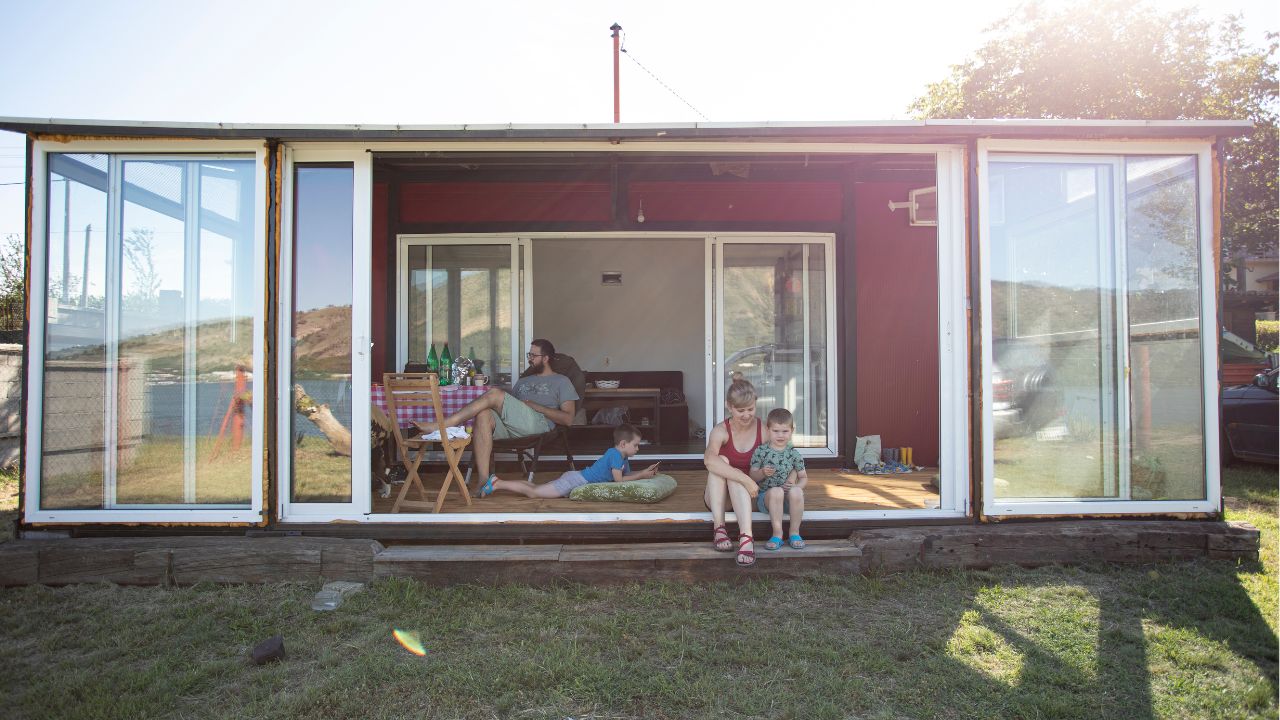Crafting a home from a shipping container comes with distinct hurdles and benefits, particularly regarding the most effective use of available space. The trend toward minimalist lifestyles and sustainable living has boosted the appeal of container homes as an innovative answer for numerous individuals.
This article delves into pragmatic methods for amplifying space inside the restricted blueprint of a container dwelling. We'll explore using furniture for various purposes, ingenious organization options, and well-thought-out design tactics. If you are on a quest to buy a new container house with an excellent home layout, head to conch-container.com.
Practical Ways To Maximize Space In A Container Home Layout
Here are some key principles and tips for achieving an efficient and spacious layout in small living environments like container homes.
Embrace Minimalism
Adopting a minimalist mindset aligns well with the spatial constraints of container homes. Taking a less-is-more attitude involves focusing on necessities and reducing excess. This approach doesn't have to result in a stark environment but encourages a deliberate placement of items, enhancing the perception of space. Choose dual-function furniture, like beds with integrated storage or seating that offers additional compartments, to maintain an uncluttered floor area. Emphasize the use of multi-use furnishings.
Use Multipurpose Furniture
In a container home, versatility is key. Selecting versatile furniture pieces is an excellent approach to fully utilize limited space. Sofa beds, extendable dining tables, and ottomans with storage are other great examples of multipurpose furniture that can enhance functionality without sacrificing space.
Opt for Built-in Storage Solutions
As you would expect, built-in features play a significant role in optimizing the use of space in container homes. Custom shelving and recessed cabinets, in particular, can be carefully crafted to fit snugly into corners or along narrow walls, thereby minimizing waste. When well-designed, these built-in storage solutions can create a sense of openness and flow that's highly desirable. Furthermore, clever use of vertical space through floor-to-ceiling storage can be incredibly effective, especially in areas with limited room for horizontal shelving.
Enhance with Mirrors and Transparent Elements
Mirrors are famously known for making a small space look larger. Strategically placing mirrors to reflect both natural and artificial light can visually expand a room. Similarly, using transparent or translucent materials for furnishings—such as glass tabletops or acrylic chairs—creates a perception of more open space as these pieces appear to take up less visual real estate than opaque items.
Ensure Adequate Lighting
It is advantageous to incorporate considerable windows or even roof lights into the cube-like architecture of the container to allow for the admission of natural light. Man-made lighting itself should be divided according to the principles of ambient lighting, task lighting, and accent lighting, which will help to enhance the perception of space and introduce warmth into it.
Consider a Neutral Color Palette
Light colors make a room feel bigger and brighter. Choosing neutral shades like whites, light grays, or soft pastels for the interior paint of a container home can aid in reflecting light, creating a perception of increased space. For those who enjoy a splash of color, incorporating vivid hues through accessories or select furniture items can introduce depth while maintaining a spacious feel.
Plan for Scale and Proportion
When outfitting a container home, paying attention to the size and balance of your furnishings is crucial. Large, bulky sofas or expansive tables can easily dominate the limited space available. Choose furniture that fits the scale of each room. Consider sleek, compact pieces that accommodate comfort and style without occupying excessive floor space.
Create dedicated zones
In a limited area, defining separate areas for different activities helps organize the space effectively. For example, a foldable partition can separate the sleeping area from the living room during the day, or sliding panels can hide the kitchen area when not in use. Such flexibility allows the inhabitants to easily switch between various home functions, maximizing usability per square foot.
Key Takeaway
Adapting these design strategies in a container home can transform a compact living area into a functional, spacious, and cozy environment. With creativity and careful planning, even the smallest container can be turned into a delightful home that feels roomy and comfortable.


